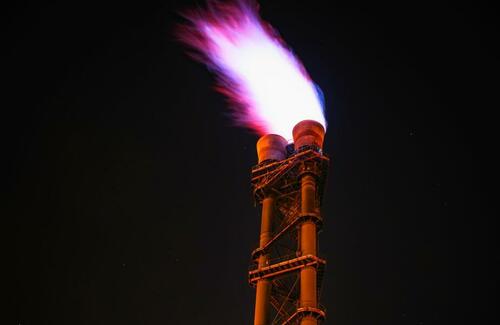What Happens When You Don't Diversify
Pixabay/Pexels
A Free Lunch For The Ignorant
That's what you get if you combine the two famous, contrary quotes about diversification: Harry Markowitz's “Diversification is the only free lunch” and Warren Buffett's "Diversification as practiced generally makes very little sense for anyone that knows what they're doing...it is a protection against ignorance".
The Benefit Of Diversification
The conventional wisdom is that the benefit of diversifying is that it limits your risk. Diversifying among different stocks does lower your idiosyncratic, or stock-specific risk (e.g., the risk that massive accounting fraud gets exposed at a company you own shares of). And diversifying among different industries does lower your industry risk (the risk that one particular industry suffers a downturn). But when the stock market tanks, diversified stock portfolios usually tank with it. You can diversify across different asset classes, such as precious metals and bonds, to limit market risk, but in a crisis the correlation between most asset classes goes towards one, as investors liquidate the better performing assets to make margin calls in other ones.
The Drawback Of Diversification
The drawback of diversification is that instead of putting most of your assets in an investment with the most potential upside, you spread it out among other assets likely to do less well. You end up diversifying away from your winners as well as your losers.
A Different Approach To Limiting Risk
A different approach is the one our system uses: concentrate your assets in a handful of names you predict will do well, and hedge in case you're wrong. Here's an example from last October.
This is the portfolio our system created for investors on October 21st of last year who indicated that they had $30,000 to invest but were unwilling to risk a decline of more than 13% over the next six months.
Screen capture via Portfolio Armor on 10/21/2021.
Both of those natural gas ETFs, the unleveraged United States Natural Gas Fund LP (UNG) and leveraged ProShares Ultra Bloomberg Natural Gas (BOIL) were top names of ours last October. As it happened, they were the only top names of ours that had share prices low enough to fit round lots in a $30k portfolio, so those were the primary securities here. Our site started with equal dollar amounts in each ETF, and then rounded down positions to round lots to lower hedging costs. It then swept up most of the remaining cash in a more tightly hedged UNG position--the idea there was to get higher returns than cash.
How It Worked Out
Initially, it didn't work out that well. This portfolio was down nearly 10% in early January, while the SPDR S&P 500 Trust ETF (SPY) was up a little more than 3% over the same time frame.
But by late April, the picture had changed, and the portfolio closed up 17.38%, while SPY was down 2.78% over the same period.
A Bit of Bad Luck Kept This From Finishing A Lot Higher
If you're wondering why the green line in the chart above goes flat at the end, it's because the portfolio went to cash on April 14th, just before the hedge on UNG expired. In a bit of bad luck for the portfolio, the hedge on BOIL expired a month earlier, on March 18th (our system aims for options expiring about six months out, but in the case of BOIL, the closest one was about 5 months out.). BOIL closed at $43.32 on March 18th. On April 14th, it closed at $94.46. You can see an interactive version of that portfolio here.
Disclaimer: The Portfolio Armor system is a potentially useful tool but like all tools, it is not designed to replace the services of a licensed financial advisor or your own independent ...
more



